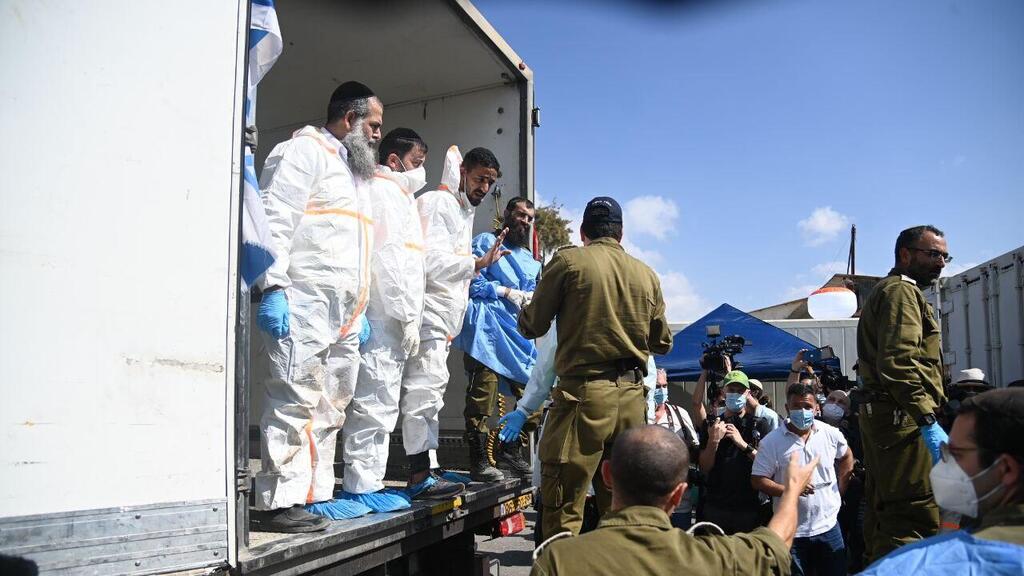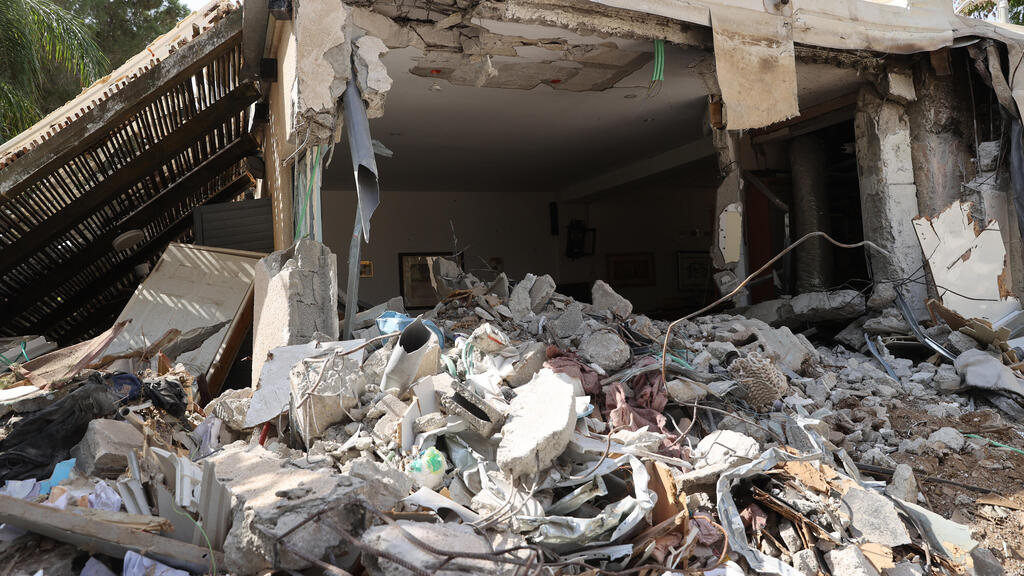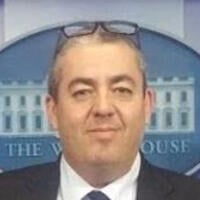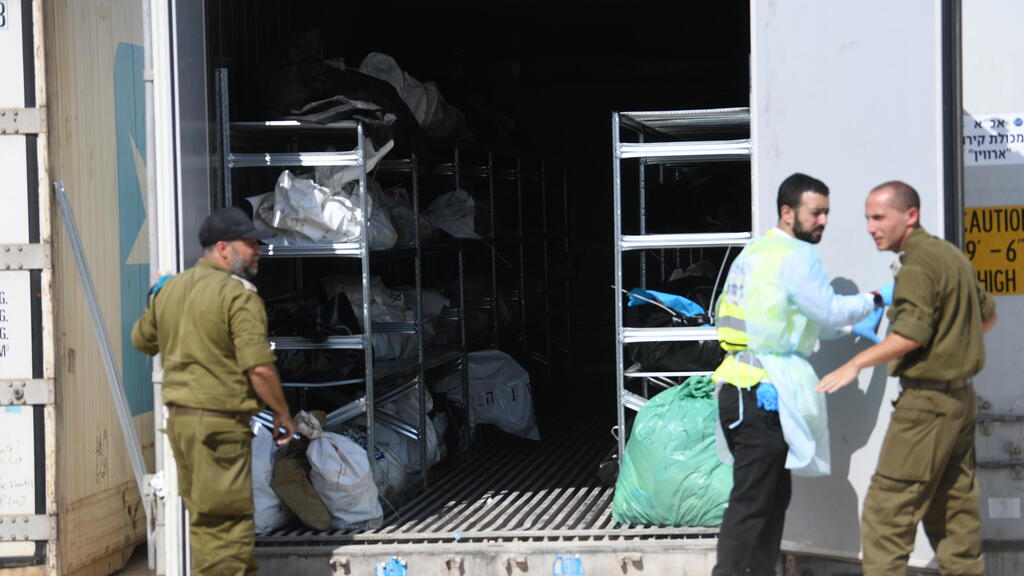Getting your Trinity Audio player ready...
There are over 280 unidentified bodies at the “Shura” army base near Ramle where victims’ bodies have been brought from the sites of battles and massacres in the communities around the Gaza border – presumably including those of terrorists and murdered foreign workers. The task of identifying them is becoming ever more complex. And it’s feared that some bodies may never be identified.
Read more:
In a widely attended hearing, it was decided Tuesday that the victims will not be buried in a mass grave. The decision regarding temporary burial was postponed to the following hearing to be held in a few days’ time. If this decision is accepted, the victims who cannot be identified are to be buried with a number in the hope that, following more detailed inspection, they may be identified in a few weeks’ time. After complete identification, the murdered victims will receive permanent burial in accordance with each family’s wishes.
Several parties took part in the hearing, including: Minister of Health, Uriel Buso; Minister of the Interior, Moshe Arbel; Minster of Religious Affairs, Michael Malchieli; and representatives of the Military Rabbinate, the IDF, and the police force. The IDF representative, Brig. Gen. Yoram Knafo, noted that “there are still body parts in the field. We haven’t finished collecting bodies.” Police representative, Brig. Gen. Yoav Telem added “We’re still receiving body parts and organs. It’s very hard to identify these murdered victims. We hope to finish in the coming days.”
The ministers were asked to speed up the identification process, as the hearing was the scene of fierce arguments. “We’re not working with a gun to our heads” said Brig. Gen. Telem. “I can’t provide the numbers you want. We’re making every effort to do all we can to finish this in the next few days, but we can’t work to a deadline. “
3 View gallery


IDF and Rabbinate personnel at the Shura camp where identification of victims of the massacre are underway
(Photo: Yair Sagi)
A further participant said “There’s no magic formula. It’s long, hard, laborious work. One mistake on one body, and there’s a woman who’s a widow. And we’ll be berated for all our hard work we’ve being doing for a month.” IDF Chief Rabbi, Brig. Gen. Eyal Karim told the hearing “If you have a body that you don’t think you’ve finished identifying – you’re not rushing anywhere. The moment you think it’s a terrorist or not a Jew, just say and we’ll carry on. Take your time to make your decisions.”
Shari, a Jerusalem resident and a volunteer in the reserve unit identifying victims attached to the IDF Rabbinate, testified today in a video clip broadcast across the globe. She told the world of the horrors people endured during the massacre. “They were shot in the head and burnt alive. They were mutilated. We’ve seen severed limbs, people who were repeatedly shot in the head after they were dead. Simply despicable cruelty. We’ve seen women who had been raped. “
When a victim arrives - soldier or civilian - they arrive in a body bag with a number. The number is registered in the system and our job is turn the number into a name.”
Each body, whose condition allows, undergoes the same process: We take finger prints, dental evidence and DNA. These all help us with identification. The decision-making team is comprised of three rabbis, one of whom is a legal expert, who advises the IDF Chief Rabbi to sign a death certificate.
A number of military companies comprised of experts in various fields work at the camp. Their job is to monitor each process and every step to ensure the decision is correct. The condition for identification is at least two of the samples taken. The camp has recruited no less than 46 dentists to assist in identification. This process is easier with IDF soldiers or murdered civilians who have served in the IDF as the army has a database of fingerprints and dental records.
3 View gallery


Destroyed houses after the massacre of civilians in Gaza border communities
(Photo: Alex Kolomoisky )
Within the “Shura” camp, there’s also a civilian compound, known as the Batzar Compound, headed by Colonel (Res.) Hod Batzar, who served as director general of the office of then Alternative Prime Minister, Benny Ganz. In the civilian compound, identification is carried out by personnel from the police forensic laboratory. Working alongside them are also personnel from the ministries of health, the interior and religious affairs. Once a body is identified, the burial procedure is carried out in coordination with the family. Every fallen person receives a free burial plot wherever requested and war dead are exempt from burial in multi-story graves.



